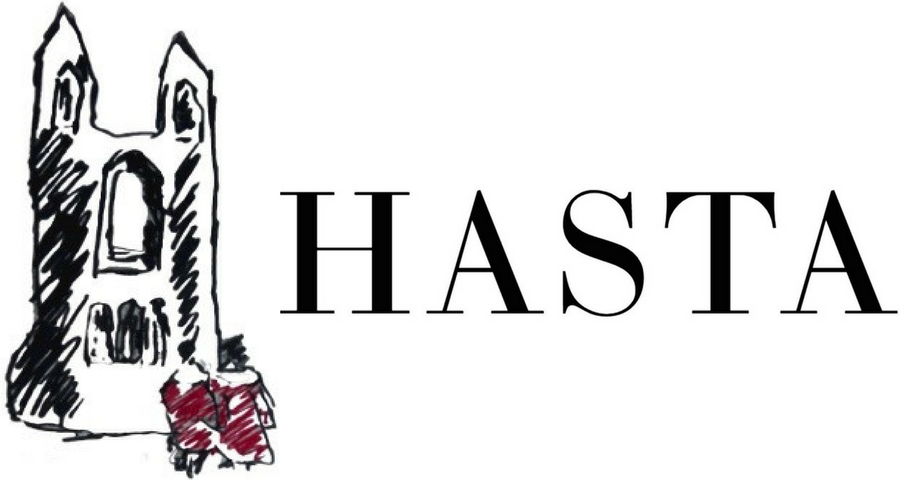The New Tate Modern
By Martyna Majewska
A few weeks ago I mentioned that the Metropolitan Museum in New York was opening its extension dedicated to modern and contemporary art and I feel somewhat obliged to point out that British museums are not lagging behind, not the Tate, at least.
Certainly, the Tate Modern is one of the world’s most important contemporary art museums and the opening of its gigantic extension, scheduled for 17 June 2016, has to be one of the most anticipated events of the year. Even if you’re critical of what the Tate Modern has done in the past, you might want to go and see what has changed, because it looks like the new Tate Modern is going to be a completely different place.
The Tate Modern is the prime example of the recent trend towards converting industrial sites into museums and galleries. Its new extension, designed by Herzog & de Meuron, is a ten-storey building, clinging to one side of the iconic Turbine Hall. By the look of things (once again, I find myself describing a museum that has yet to open), the comparatively taller Switch House does not threaten to overshadow the existing part of the complex. Although the pyramid-like structure clearly departs from the museum’s former-power-station aesthetic, it appears to complement the ‘old’ six-storey Boiler House. The Switch House is set on the Tate Tanks designated for live art, installations and spectacle of all sorts. Herzog & de Meuron, Swiss architectural firm, were actually responsible for the 1995 conversion of the Bankside Power Station into the Tate Modern. They are also famous for their stadium designs, such as the Allianz Arena in Munich and the Beijing National Stadium, as well as for a number of other art exhibition sites all over the world.
The Tate Modern is already huge and one might be curious as to why it even needs an extension. The most obvious answer is that the extension provides more space for the Tate’s vast collection. More to the point, the museum’s past acquisitions and curatorial choices have established it as a space for what’s ‘hottest’ in new art: large scale and live action. The Tate’s record visitor numbers in 2014/2015 prove that gigantic installations and various participatory acts, both of which have come to define the Turbine Hall, are particularly attractive to art-loving audiences. The extension seems to be responding positively to this trend. It provides the Tate Modern with more room for performance art, as well as workshops and other spaces where visitors will be encouraged to take part in art. In the video advertising the Tate’s new building, Sir Nicholas Serota repeatedly stresses the importance of the visitor’s bodily engagement in participatory acts, which the new extension will make possible.[1] Certainly, the Tate’s responsiveness to the newest developments in contemporary art is commendable, but it is also hardly surprising.
Exactly one year ago, Hal Foster wrote an article outlining the ways in which art museums try to accommodate new art.[2] One of the problems he discusses is that museums’ architecture frequently supersedes what’s inside. I don’t think the Tate’s extension is an example: Herzog & de Meuron seem to know how to work with pre-existing sites well enough. However, Foster also demonstrates that the designers of art exhibition sites now have to bear in mind the sheer scale of contemporary sculptures and installations. This is clearly visible in both the Turbine Hall and the new vast spaces envisioned in the extension project. More importantly, the new Tate Modern seems to follow the trend of the art museum as a provider of entertainment, as outlined by Foster. While its Turbine Hall already enjoys the reputation of the quintessential relational aesthetics’ arena, the emphasis on participation evident both in the new design and Serota’s introductory address suggest that the museum will intensify its investment in engaging the visitor. Foster may be right in cautioning art museums against excessive insistence on stimulating the viewer.
The question seems to be: how far can the Tate Modern (and other contemporary art museums) go? When will museums cease to serve as sites for exhibiting art objects and become concert halls and workshops instead? Obviously, this query is closely intertwined with the grand question about the future of art in general. For now, at least, we can be sure that the Tate’s collections are still there to be seen and fortunately the Switch House provides much more space for them. With the double agenda – that of exhibiting its collections and that of making room for the more participatory kinds of art, the Tate Modern seems to exemplify not only a number of challenges that Foster has observed but also the way in which museums nowadays need to juggle their traditional functions with new ones, especially because those new ones attract large numbers of visitors. Whether the art museum should represent the ‘provider of experiences’ model described by Harold Skramstadt,[3] or the ‘space-time machine’ type proposed by Foster, the path of Tate’s development reminds us that museum is an enterprise and as such it is relies heavily on the preferences of the consumer.
https://news.artnet.com/art-world/tate-modern-extension-opening-2016-334431

